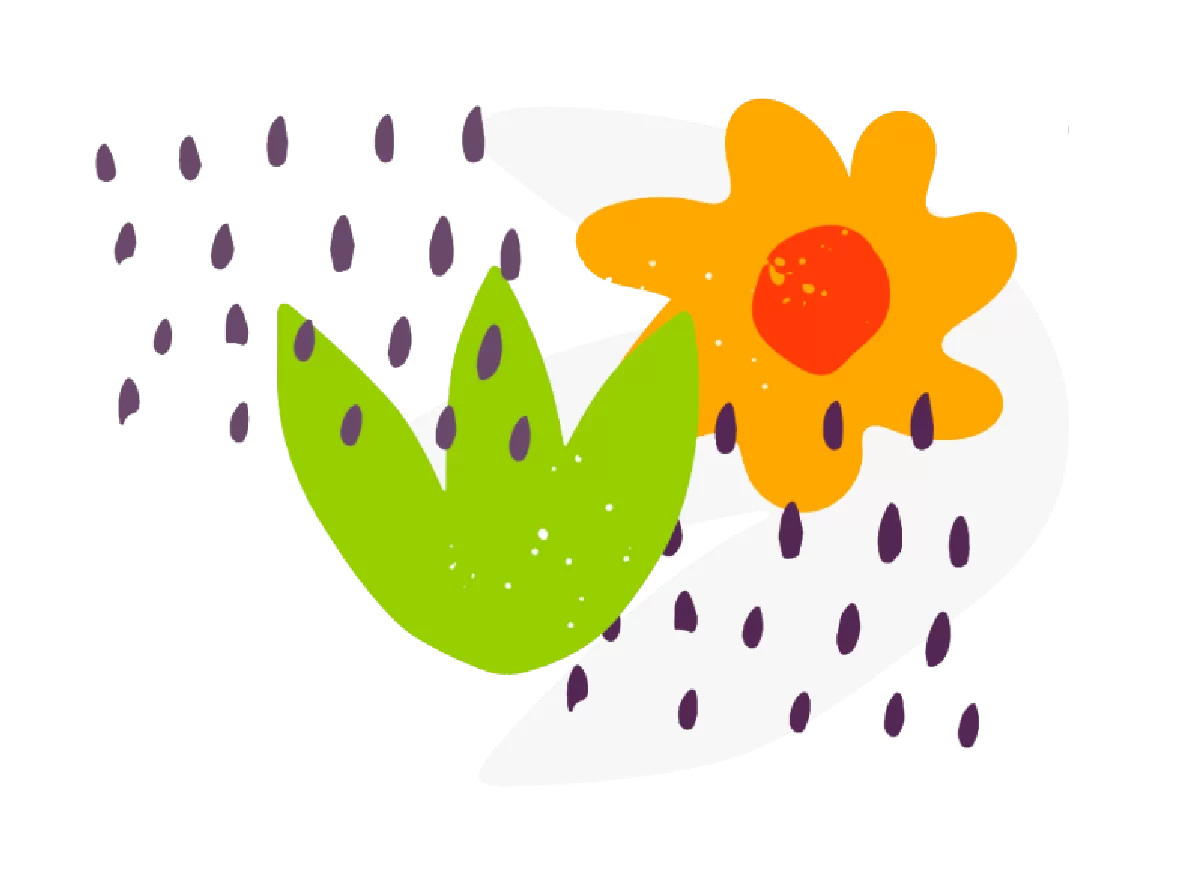Evidence shows there is an intrinsic link between children engaging in leisure activities and improvements in their mental health and educational attainment (Department for Education and Skills, 2006).
Care to Dance is a social enterprise with a mission to pioneer new ways of using dance to improve the wellbeing and educational achievements of young people in care.
We provide care experienced young people with a safe space to express themselves in a creative and caring environment that is focused on developing confidence through dance and provide qualifications in dance leadership.
The benefits of dance
We all know that feel-good feeling when we get up and dance- whether that be on the dancefloor or in the secrecy of your own bathroom. Exploring our inner creativity through movement can create a sense of liberation and freedom.
The instinct to move the body in expressive ways is as old as humanity (Morris-Kay, 2010). Taking an evolutionary perspective, dance (or in its simplest form- movement) can be traced back as being one of our earliest ways of communication, in which moving our body was used to tell stories, to celebrate victories, and generally play a part in many cultural rituals and ceremonies (Reagon, 2014). Dance continues to be a fundamental part of life in many cultures today. Alphonse Tiérou, African dancer, researcher and choreographer describes traditional African dance:
Because it has more power than gesture, more eloquence than word, more richness than writing and because it expresses the most profound experiences of human beings, dance is a complete and self sufficient language. It is the expression of life and of its permanent emotions of joy, love, sadness, hope, and without emotion there is no African Dance.
Dance can be used as a creative process to channel and express emotions. The non-verbal emotional expression offered through movement and dance can have great therapeutic benefits. Research has found that movement therapies support to address trauma; it provides a way for creative expression and a path toward healing and lifelong strategies for managing stress (Grasser, 2021).
For children in care who have inevitably experienced significant trauma, whether that be whilst living with their families, or in the very process of them moving into the care system, dance can offer an emotional outlet. Research shows that dance and movement can build up children’s sense of self-worth (Ingram, 2013), improve their ability to regulate their emotions and reactions (Betty, 2013) and empower them to overcome obstacles (Dieterich-Hartwell, 2017).
During the pandemic, the incidence of anxiety and depression doubled in youth (Racine et al, 2021) and therefore, supporting the emotional wellbeing of care-experienced young people was as vital as ever. Cicero, Inclusion Lead for Care to Dance, shared his perspective on how the pandemic impacted care-experienced young people. He described how care-experienced young people were struggling to have their emotions heard and that dance meant they were able to “share what they were feeling” throughout the pandemic. Cicero also talked about how dance makes him feel, sharing – ‘you feel so free; you feel so loose; and that kind of fluid feeling feels so good’.
Another young person who is part of Care to Dance shared that he is “brought to life..It is that spark that when you start dancing, you start lighting up”.
The Impact of Care to Dance
We are experienced in working within children’s social care and dance sectors and it is this unique combination that gives us the ability to have impact for children in care and support them though dance.
At Care to Dance young people learn skills by choreographing their own movements in a safe space with qualified and experienced dance instructors. This helps them to build confidence, develop meaningful relationships and gives them a sense of belonging by providing them a community of young people who care about dance.
“Care to Dance is another home, another piece of what care is all about. It is like a jigsaw. Social Workers often talk about the three hearts that families and carers are meant to do. One of the hearts is love and I feel when people come to Care to Dance, they may have not had a good time at home. So they can come down and feel loved and feel the community”. – Young person
We increase employment opportunities and develops employability skills for care-experienced young people, by providing paid work for young people within Care to Dance.
We also provide Dance Leadership Qualifications that increase the educational achievement of care-experienced young people.
Promoting the young people’s mental health is also a key outcome that Care to Dance strives for. ‘Dance and movement therapy has now been found to help treat anxiety and depression’ – the psychological and physiological evidence that demonstrates how dance and movement therapy can support a young person’s mental wellbeing is powerful (Grasser, 2021).
See our ‘impact table’ below to understand more about how we are making an impact through Care to Dance.

What young people say about Care to Dance
‘Care to Dance also brought me and my younger Sister closer and also helped my sister to gain more confidence because at the start she had REALLY bad stage fright and the only person she could trust performing in front of was me. However by the end of the 12 weeks she was able to do the finale performance in front of everyone including our Foster Dad which was something she would have NEVER! been able to do before so I thank Care to Dance alot for this’.
‘I really loved Care to Dance!! At first I won’t lie since I was new to everything and the people it did feel really strange at first, however after getting to know everyone it felt like a big family. I didn’t feel judged at all there and knowing that people there had similar backgrounds as I did also made me feel comfortable as I knew all of us could understand one another’.
Get in touch with Care to Dance
If you would like to hear more about Care to Dance, you can check our website or contact us directly.
Director – North East Lead
07868897816
Director – London Lead
07854391857







